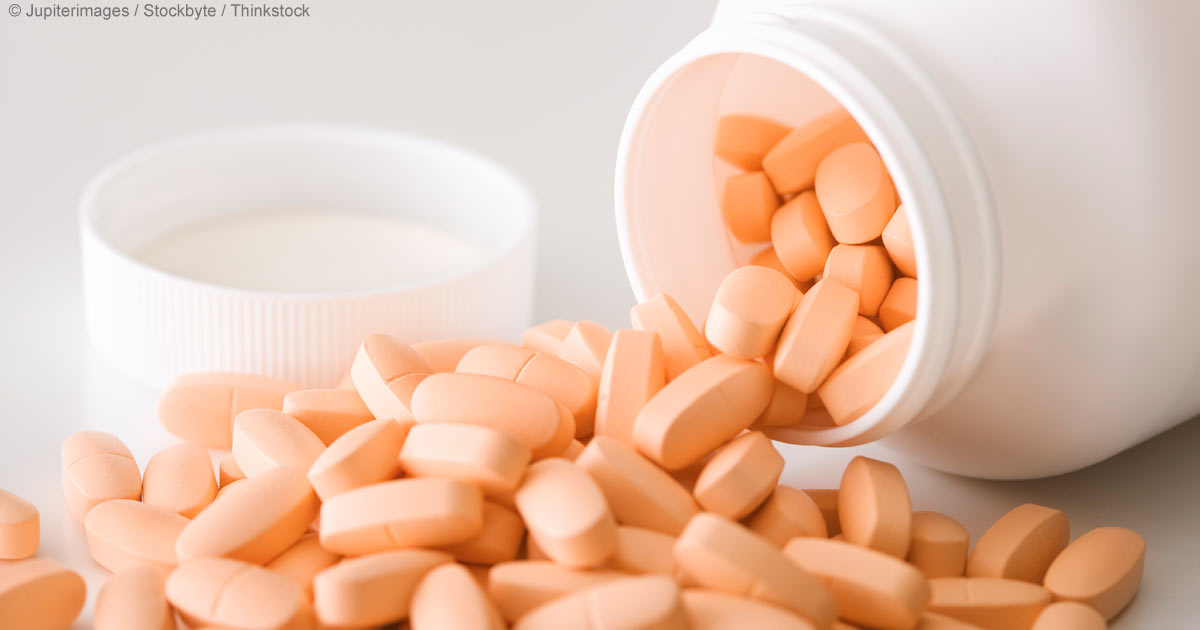
The University of Maryland Medical Center says fiber protects us from heart disease because it lowers cholesterol levels. High fiber intake fights constipation and helps rid our body of toxic wastes. Diabetics who consume a lot of fiber need lower levels of insulin. This is because fiber helps reduce absorption of sugar and aids in preventing spikes after meals.
Consuming a lot of fiber also helps us control our weight. Fiber makes us feel full without adding calories to our system because the body cannot absorb fiber calories. Vegetables, fruits and legumes are rich sources of fiber. In most cases, fiber-rich foods are packed with vitamins and other important nutrients. Carrots, for instance, have a lot of vitamin A. Cooked spinach, lettuce, and avocado are packed with vitamin B.
Soluble and insoluble
Fiber comes in two forms: soluble and insoluble.
Soluble fiber dissolves in water. It changes as it enters our digestive tract where bacteria ferment it. This type of fiber lowers cholesterol, especially the low-density lipoproteins or the bad cholesterol variety. Soluble fiber controls sugar intake, and is especially important to diabetics and people suffering from metabolic syndrome. Soluble fiber also boosts the immune and digestive systems. Kidney beans, pinto beans, Brussels sprouts, broccoli, spinach, zucchini, apples, oranges, grapefruit, grapes, prunes, oatmeal, and whole-wheat bread are packed with soluble fiber.
Insoluble fiber, as the name suggests, doesn't dissolve in water. Thus, it doesn't change when it enters the digestive tract. This type of dietary fiber boosts regular bowel movements and prevents constipation, thus cleaning our body the natural way. It also controls the intestines' acidity levels.
The Academy of Nutrition and Dietetics says women need 25 grams of fiber a day, while men need 38 grams. The recommended intake decreases after age 50. By that time, women need 21 grams of fiber while men must take 30 grams. In general, 25 grams of fiber a day can meet the body's daily requirements. This would mean having at least five servings of fruit and vegetables, and some whole grain products a day.
Unfortunately, some people are allergic to high-fiber foods and can't have their daily recommended intake of fiber. But they shouldn't worry. A lots of high-fiber foods don't cause allergic reactions. These allergy-safe foods are apples, pears, berries, artichokes, potatoes, swede and other root vegetables, broccoli, green beans, pumpkin, zucchini, peas, lentils, and quinoa.
High-fiber foods need not be boring. Stacey Nelson, manager of clinical nutrition at Harvard-affiliated Massachusetts General Hospital, says the trick is to add them to your meals little by little. You can also present these high-fiber foods in a lot of creative ways. Here's how.
- Eat more fruits or veggies. Try snacking on high-fiber foods instead of eating processed products like chips, pretzels, and crackers. You can add fruits and greens to salsas, nut butters, Greek yogurt, and other dips.
- Check the first ingredient. Ingredients in bread, cereal, and pasta should begin with the word "whole." Whole grains, for instance, have more fiber, protein, and antioxidants, and less artificial colors and flavors than refined grain.
- Be creative. Experiment with ways to put more legumes and beans in your daily meals. Chickpeas, pinto beans, black beans, lentils, and dried green and yellow peas make great bases for soups and stews. Mash, then add them into dips. You can also turn these high-fiber foods into sandwich spreads and wraps.
- Think seeds. Sunflower seeds, flaxseeds, and sesame seeds are packed with fiber. Add one or two tablespoons of your favorite seed on breakfast cereals and salads.
- Eat the peel. The fruit's skin is teeming with fiber. You're not expected to eat a banana peel, but you'll benefit a lot by eating apples, pears, peaches, cucumbers and potatoes, skin and all.
So don't be afraid to rough it up -- in your diet, at least. It will do you a lot of good.
The best way to get enough fiber in your diet? Read more articles at Organics.news.
Sources include:
Please contact us for more information.






















